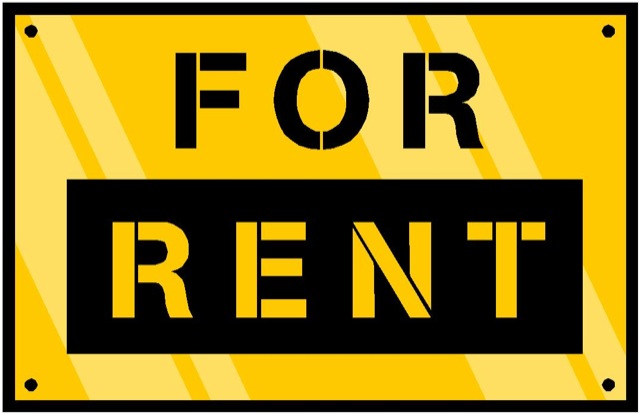
The world of “buy to let” is a very strange one indeed. On one hand, it’s a great way to generate a second income at a time where 4 out of 5 new businesses fail in their first year and personal pensions are not producing very meaningful results. On the other hand, it’s a large investment and you have to rely on the promise of your tenants that they’ll give you your monthly rent – your only guarantee you’ll be able to pay the mortgage.
So with the risks high – but the chances for profitable success also high – what are the best ways to go about getting onboard the buy to let train to ensure you minimize the risk and maximize your chances of success? We’ve summarized the basics in three straightforward steps.
1 – Different Properties for Different People
First things first: when you want to become a buy to let landlord, you first need to find the property that you’re going to let out. This is going to be a challenge, but there are a number of questions you can ask yourself to help narrow down the perfect property:
- What’s my budget? – Even with a specialist buy to let mortgage, paying the monthly rate on a second mortgage isn’t going to be easy.
- What sort of person do I want in the property? – Students can sometimes be untidy but they’re always going to be in need of a place to live; families are going to be more responsible but you’ll likely be able to squeeze fewer people into a house than you could students. So there are pros and cons.
- What size property could you realistically manage? – You’ll be the one maintaining and cleaning it after your tenants move on, so you need to ensure you have the resources at your disposal to do so effectively.
**2 – Setting the Offering **
Once you’ve asked the above questions and found the right home, you need to start thinking about what your tenants will want out of it to ensure you get people contracted into the property as soon as you can. Finding the right furniture and supplying the appropriate utilities are all part of this, so create a checklist and tick them off as you go.
3 – Being a Responsive and Dynamic Landlord
Finally, tenants like it when you’re responsive and dynamic. This means that you listen to any requests they have and you respond efficiently if the request is reasonable. You might not want to spend money on a dishwasher, but if you’ve supplied the plates and you want them to remain like-new, a dishwasher could mean the difference between throwing away plates each year.
So there you have it – three ways to be a great buy to let landlord. What you need to do now is really consider whether the potential risks are worth the reward by reading this handy Homelet report.